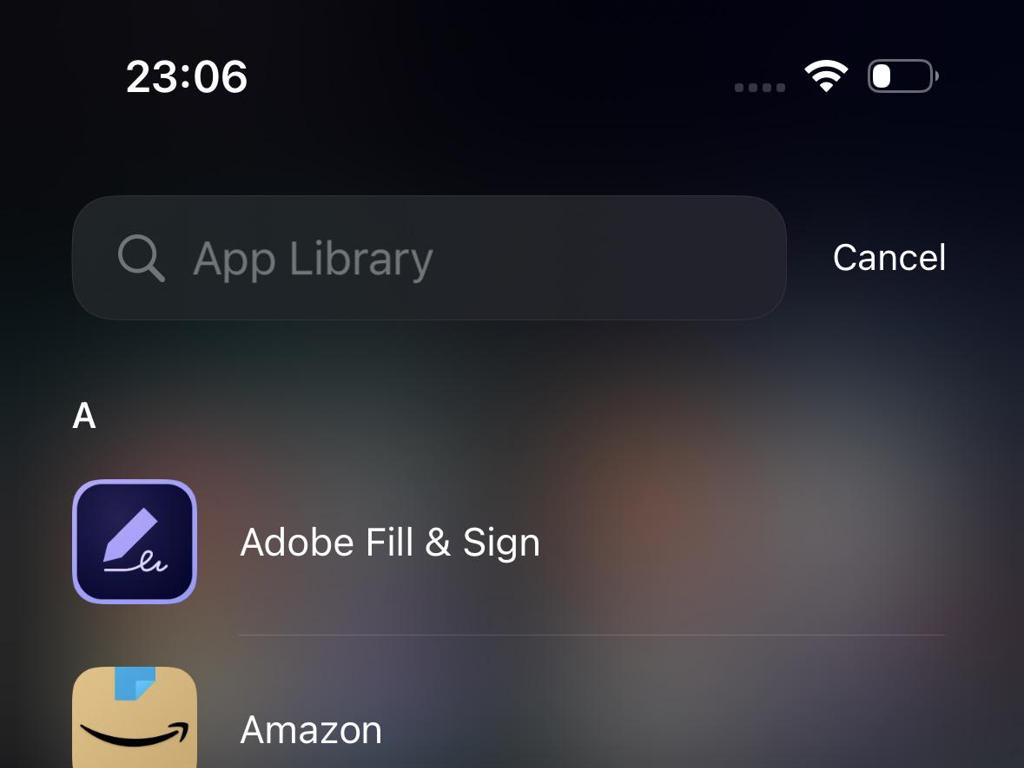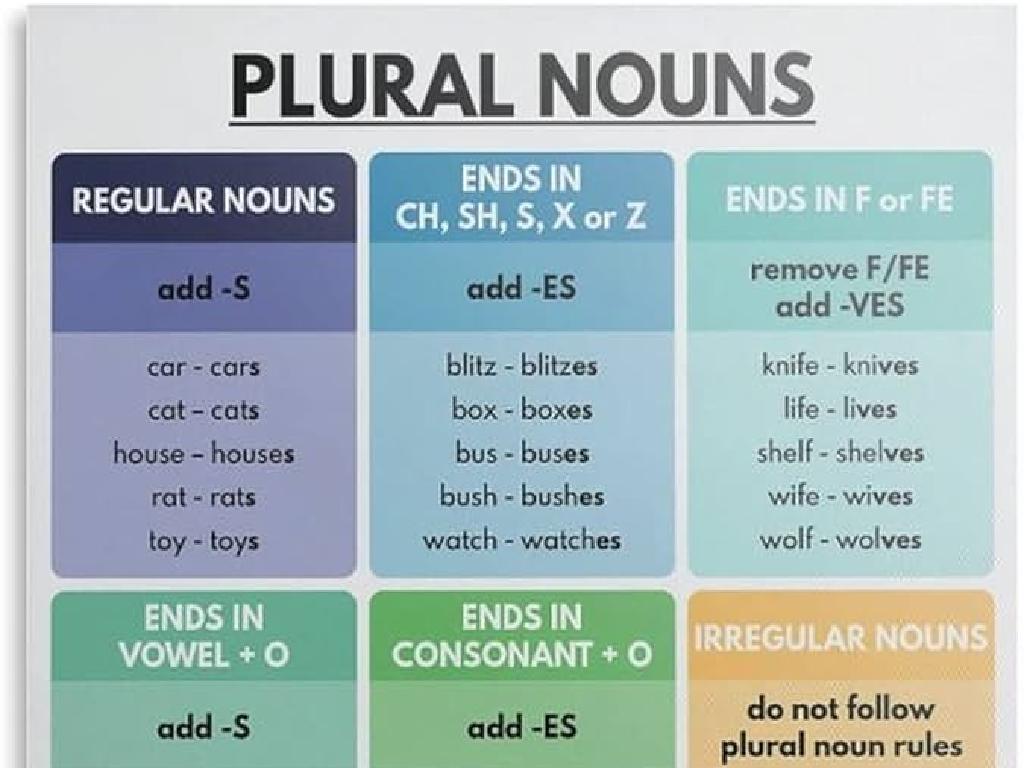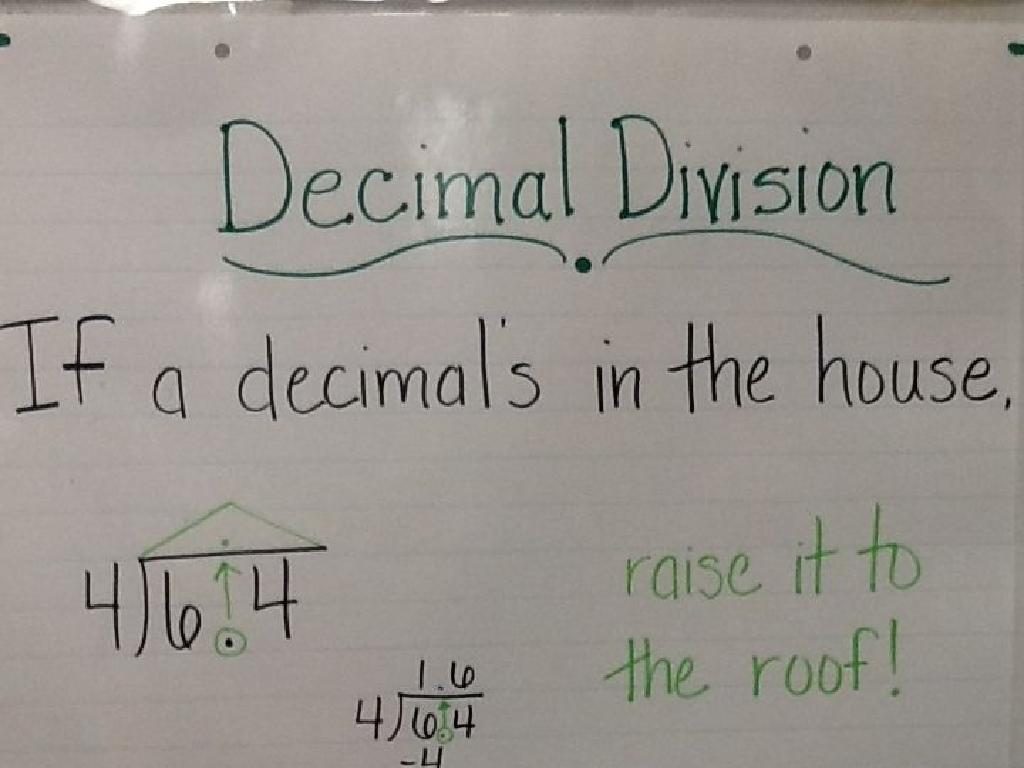Organize Information By Main Idea
Subject: Language arts
Grade: Third grade
Topic: Organizing Writing
Please LOG IN to download the presentation. Access is available to registered users only.
View More Content
Organizing Writing: Main Ideas
– What is a main idea?
– The main idea is the big point or the most important thing the writer is telling us.
– Organizing information
– Like putting toys away, we put sentences that talk about the same thing together.
– Why organization matters
– Helps readers understand and remember better.
– Practice finding main ideas
– We’ll read a paragraph together and point out the main idea.
|
This slide introduces the concept of organizing writing by focusing on main ideas. Start by explaining that a main idea is the central point that an author wants to communicate, similar to the topic of a story. Emphasize how organizing information with a main idea helps make writing clear and easy to follow, just like how organizing toys makes it easier to find what you want to play with. Explain that good organization helps readers understand and remember the information. Conclude with a class activity where students read a paragraph and identify the main idea, reinforcing the lesson through practice. Provide guidance and examples during the activity to ensure comprehension.
Understanding the Main Idea
– What is a main idea?
The big point the writer wants to tell us.
– Main idea is like the heart
Just like our heart is central to our body, the main idea is central to the story.
– Examples from familiar stories
Think of ‘The Tortoise and the Hare’: Slow and steady wins the race.
– Why main ideas matter
|
This slide introduces the concept of the main idea as the central, most important point of a story or paragraph. It’s crucial for students to grasp that the main idea is what the story is mostly about, similar to how the heart is central to the body’s functions. Use examples from well-known stories, such as ‘The Tortoise and the Hare,’ to illustrate main ideas that they can easily relate to. Emphasize the importance of identifying the main idea as a key reading comprehension skill. Encourage students to think about the main ideas in stories they’ve read recently and be prepared to discuss how all the details in the story connect back to this central point.
Finding the Main Idea
– Look for title clues
– The title often hints at the main idea.
– First sentence hints
– The first sentence can introduce the main topic.
– Ask: What’s the author’s message?
– Think about the overall message in the text.
– Practice with a paragraph
– Find the main idea in a sample paragraph.
|
This slide is aimed at helping third-grade students understand how to identify the main idea in a piece of writing. Start by explaining that the title of a passage often gives a clue about the main topic. Then, discuss how the first sentence in a paragraph typically introduces the main idea. Encourage students to constantly ask themselves what the author is trying to communicate. Provide a short paragraph for the class to practice this skill. As an activity, students can work individually or in groups to read a paragraph and then write down what they think the main idea is. Share and discuss the answers as a class to ensure understanding.
Supporting Details: Strengthening Our Main Idea
– What are supporting details?
– They give more information about the main topic
– Supporting details are like tree branches
– Just as branches support a tree’s trunk, details support the main idea
– Differentiating details from main idea
– Main idea is the tree’s trunk, details are the smaller branches
– Practice finding supporting details
|
This slide introduces the concept of supporting details in writing. Explain to students that supporting details are pieces of information that give more depth and clarity to the main idea, much like how branches add to the strength and structure of a tree. Use a tree as a visual metaphor to help them understand the relationship between the main idea and supporting details. Teach them how to distinguish the main idea (the trunk) from the supporting details (the branches) by looking for the central point versus the additional information that explains or describes it. Encourage them to practice this skill by reading a short paragraph and identifying the main idea and supporting details, which will help them in organizing their own writing effectively.
Organizing Paragraphs by Main Idea
– Begin with a topic sentence
– The topic sentence states the main idea clearly.
– Add supporting details
– Details should be facts, examples, or descriptions that relate to the topic.
– Use transition words
– Words like ‘first’, ‘next’, and ‘then’ help connect your ideas smoothly.
– Keep focused on the main idea
– Every sentence should relate back to the main idea of the paragraph.
|
This slide is aimed at teaching third graders how to structure a paragraph effectively. Start by explaining the concept of a topic sentence and how it summarizes the main idea of a paragraph. Then, discuss the importance of supporting details and how they help explain or strengthen the topic sentence. Introduce transition words as tools to make their writing flow better. Emphasize the importance of staying on topic to maintain a clear and focused paragraph. In class, you can illustrate these points with examples and have students practice by organizing their own paragraphs.
Let’s Practice: Main Idea & Details
– Read a passage as a group
– Find the main idea together
– The main point the author wants to tell us
– Pick out supporting details
– Details that explain or back up the main idea
– Share our discoveries
|
This slide is for a class activity aimed at teaching students how to identify the main idea and supporting details in a text. Start by reading a passage together as a class to ensure all students are on the same page. Then, guide the students to determine the main idea of the passage, which is the central message or point that the author wants to communicate. Next, help them to find supporting details that explain or give more information about the main idea. Encourage students to think critically about how each detail connects to the main idea. Finally, have students share their findings with the class to foster a collaborative learning environment. This activity will enhance their comprehension skills and prepare them for more advanced reading tasks.
Class Activity: Organize Your Own Paragraph!
– Pick a topic you enjoy
– Write the main idea
– The main idea is what your paragraph is mostly about
– Add three supporting details
– Details that explain or describe the main idea
– Share with a classmate
– Practice speaking and listening skills
|
This activity is designed to help students understand the structure of a paragraph and the importance of organizing their writing around a main idea. Students should choose topics they are interested in to stay engaged. Guide them to clearly state their main idea as one sentence. Then, they should think of three details that support this main idea, which could be facts, examples, or reasons. Once they have written their paragraph, they will pair up with a partner to share their work. This peer-sharing session will allow them to practice their communication skills and receive feedback. For the teacher: Prepare a list of potential topics in case some students have difficulty choosing one. Also, have a few example paragraphs ready to show what a well-organized paragraph looks like. Encourage students to listen actively and provide constructive feedback to their partners.
Wrapping Up: Main Ideas & Homework
– Recap: Organizing by main idea
– Practice makes perfect
– Homework: Paragraph on a hobby
– Write about what you love doing most
– Include main idea and details
– Start with your main idea, then tell us why you love it with examples
|
As we conclude today’s lesson, remember that organizing information around the main idea helps readers understand and remember better. Practice is key to mastering this skill. For homework, students will write a short paragraph about their favorite hobby. This will help them apply what they’ve learned about identifying the main idea and supporting it with details. Encourage them to start with a clear main idea sentence and follow up with a few sentences that give examples or reasons why it’s their favorite hobby. This exercise will reinforce their understanding of the concept and improve their writing skills.






